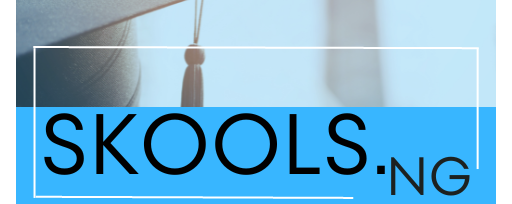Student Visa | How to Successfully Apply for Student Visa
Student Visa | How to Successfully Apply for Student Visa
Students who want to study in the US can generally apply for one of three (3) different visas. The F1 Visa, J1 Visa, and M1 Visa are these visas. The M1 Visa does not permit employment while you are in the US; however, the F1 and J1 visas do.

One needs to be knowledgeable with the different sorts of visas, how they affect your ability to finance your time in the USA, and how to navigate the application and arrival processes for convenience, comfort, and a successful stay in the United States of America. There are quite a few visas available, but as was already said, just roughly three of them are primarily for students.
Types of Study Visas
F1 Visa | Academic Studies – Non Practical Training
The “F” visa is generally for academic studies. The F1 visas are by far the commonest form of international student visa in the U.S. F1 status allows for on-campus employment (fewer than 20 hours per week). An F1 visa is issued to students who are attending an academic program or English Language Program. F1 students on his/her part must maintain the minimum course load for full-time student status. Additionally, students can work on optional practical training (OPT) for up to one year after completion of their academic program. Students are expected to complete their studies by the expiration date on the I-20 form (Certificate of Eligibility for Non-immigrant Student Status).
J1 Visa | Practical Training
Unlike the F1 Visa, the J1 visa is issued to students who want to obtain practical training which is not available in their country of origin/residence in order to complete their academic program. The J-1 student status allows for similar employment as the F-1 visa, with similar restrictions but in this case, the permission is given by the exchange visitor program sponsor.
NOTE:
You cannot count on working in the United States unless you have been granted a teaching or research assistantship as immigration regulations are very strict with respect to working while carrying a student visa. Careful planning is necessary to ensure that you will have a fruitful educational experience in the United States.
M1 Visa | Non-Academic / Vocational Studies
An M1 visa is issued to students who are in the U.S of A to attend a non-academic or vocational school. M-1 visa holders are not permitted to work during the course of their studies. The M-1 student visa applicants must have evidence that sufficient funds are immediately available to pay all tuition and living costs for the entire period of intended stay.
The US Visa system can be extremely difficult and complicated to navigate. Please be sure to visit our immigration center which will provide you with more detailed information about specific student visa’s for the USA.
Applying for your Student Visa
While preparing to apply for your visa, one of the foremost things a student needs to do is to make a proper research the admission policy for the university he/she is aiming at. Keep the following items in mind:
Academic Eligibility
Different schools have different academic eligibility criteria. Your school will tell you what their requirements are.
Financial Stability
You will be required to show that you can support yourself without having to work irrespective of the Study Visa you’re applying for.
Health Insurance
Health is Wealth. In some cases, one may have to show proof of health insurance in order to cover any medical expenses should he/she need any medical assistance.
Your arrival at the United States Port of Entry
You need to be aware that even if your visa is granted, it does not guarantee your entry into the United States. It is ultimately up to the CBP to let you into the United States. It is also the job of the CBP to determine how long you may remain in the United States.
TOEFL vs IELTS: WHICH IS MORE PREFERABLE TO TAKE TO STUDY ABROAD?
